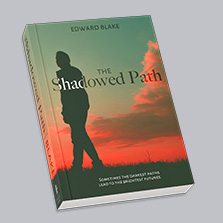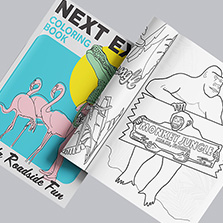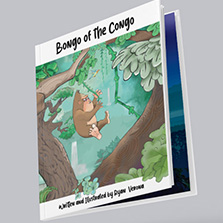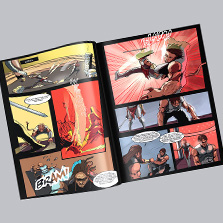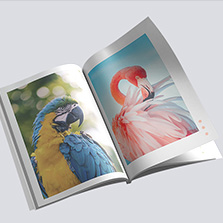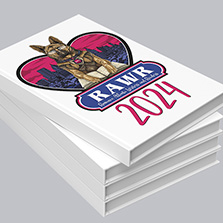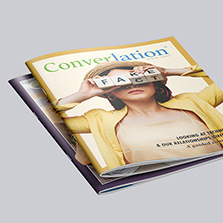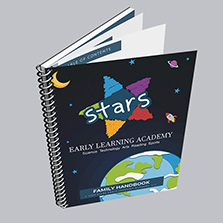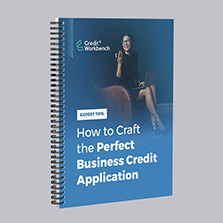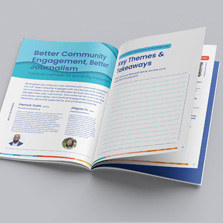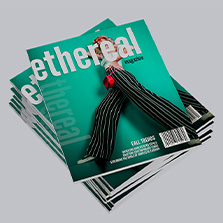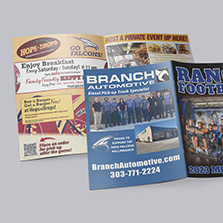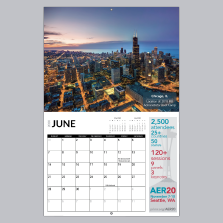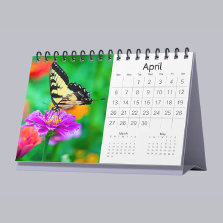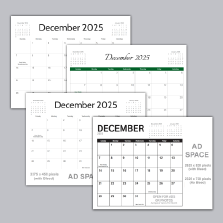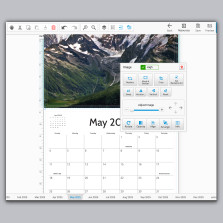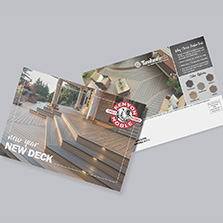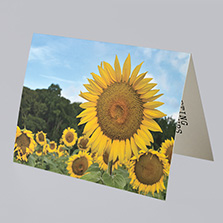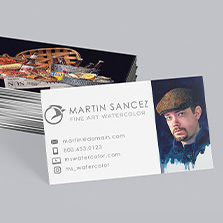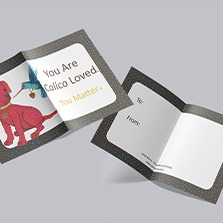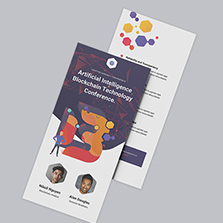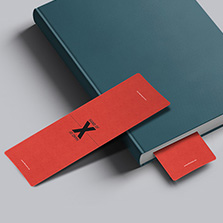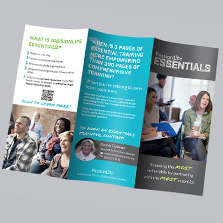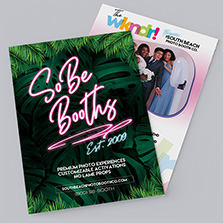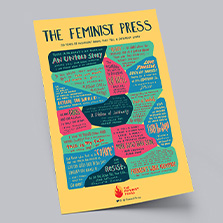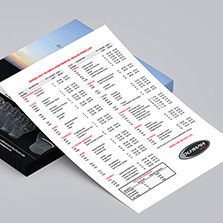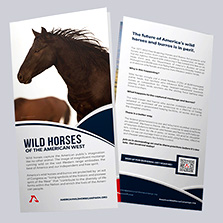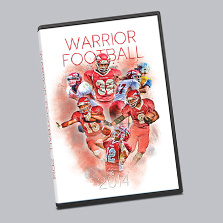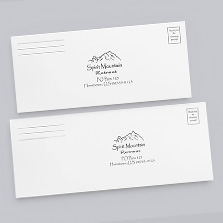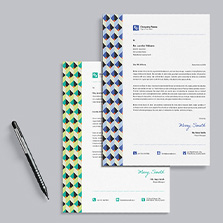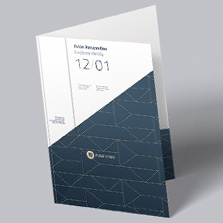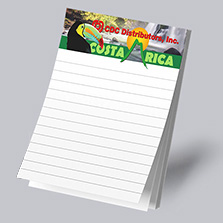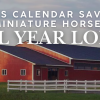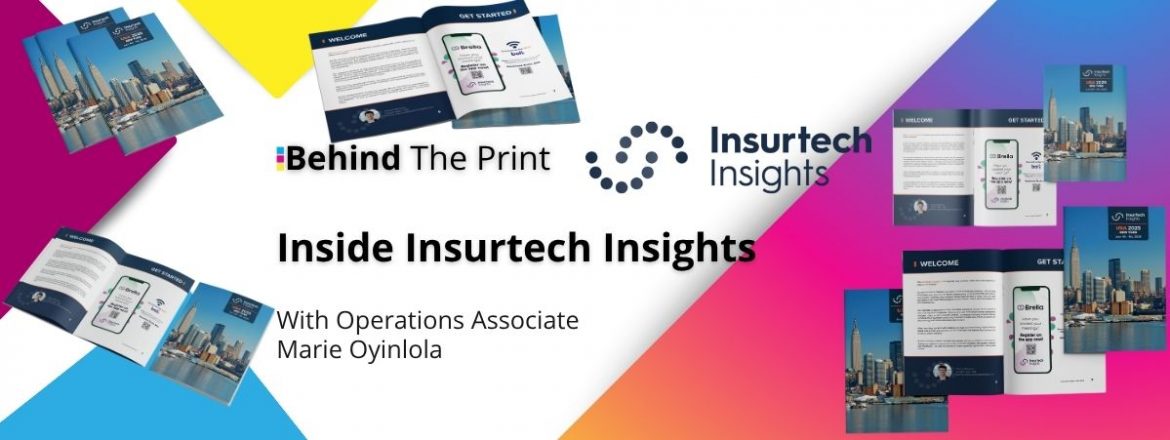
Behind the Print with Insurtech Insights
Welcome to the latest episode of Behind The Print, where we bring you the creative stories of industry leaders shaping the world of professional printing. In this episode of Behind The Print, we’re joined by Marie Oyinlola, the Head of Operations for Insurtech Insights. With a passion for creating events and a drive for client success, Marie walks us through how she uses print to elevate events as well as balancing her wide range of priorities.
Below, you’ll find the transcript of our conversation, edited for clarity to ensure easy reading. If you want the full, authentic experience, make sure to check out the video attached below.
Connor Shields: Welcome back to Behind the Print Podcast where we feature industry leaders and uncover the creative minds and their businesses within the world of professional printing. Our mission is to provide you with inspiring actionable resources that elevate your business projects and accelerate your journey to excellence in profit and in print. Today’s episode features Insurtech Insights, and joining me here today is Maria, the Head of Operations for Insurtech Insights. Welcome to the podcast.
Marie Oyinlola: Thank you Connor. Glad to be here.
Connor Shields: Absolutely. If you are ready, let’s just dive right into it.
Marie Oyinlola: Yeah, sure. Let’s do it.
Connor Shields: So who does InsureTech Insights typically serve?
Marie Oyinlola: So we actually serve large insurance companies. We also serve smaller companies, brokers, tech providers, and big investors as well. It’s a very large audience that come to our show, which makes it amazing.
“We also serve smaller companies, brokers, tech providers, and big investors as well. It’s a very large audience that come to our show, which makes it amazing.”
Connor Shields: What are some of the most significant changes you’ve seen emerge in your industry in the last five years?
Marie Oyinlola: I think how everything is becoming a lot more digital. Obviously now we have A.I., which shapes and impacts a lot in the world of events. In operation it’s always about adapting to the change and being able to deliver to certain standard. I think a big change is how we incorporate tech. You’ll see a lot of conferences and big events all have a tech element to it.
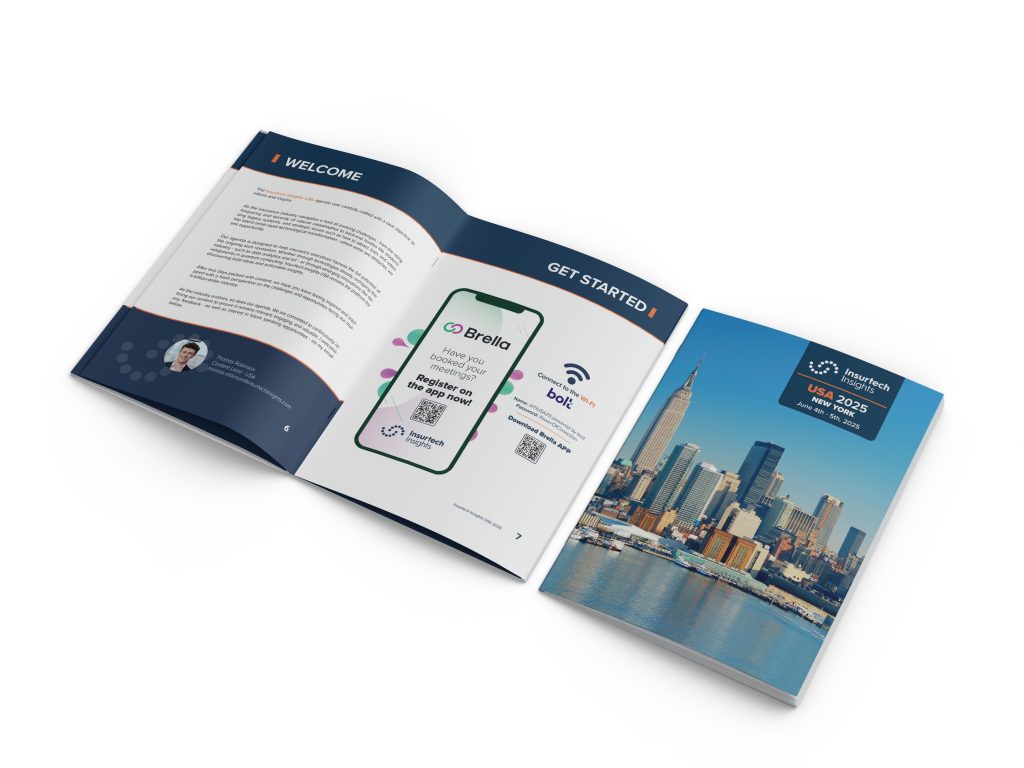
Connor Shields: So how do you go about incorporating new technology and artificial intelligence?
Marie Oyinlola: We essentially break down shows into two big parts: the export part and the stage content part. We have six to seven stages. We run events in Hong Kong, London, and New York. So we’re on three different markets. What we do and what’s a really big part of our show and what makes us so successful is that our content is catered to the industry and what’s happening in the industry and how tech and how AI impacts it.
So when it comes to delivering the expo part with all the booths and the lounges, and the activation, we’ll try and be more creative to kind of adapt to those changes and also integrate to our inventory solutions. A help desk for example can integrate A.I. to create a, better help desk or welcome desk for example.
When it comes to the content piece, which a lot of people come from, what we do is we try and tailor it to those changes. So we have a very strong content team that will go speak to the leaders and understand what topics and sessions we can put together and who to bring on these sessions to. This helps ensure that you get most knowledge leaving that conference.
Connor Shields: So how does Insurtech Insights stand out from other businesses within your industry?
Marie Oyinlola: We’re tailored to our client’s needs, we’re very focused on companies seeing the ROI. So before I achieved my current position, I was a field marketer, so I was the sponsor that would send my company to shows. I was very new to this concept of a conference and kind of what the benefit is to it. The one thing I saw with different trade shows is some of them are great to see ROI, you might see the ROI over 3, 4, 5, 6 months depending on the industry you’re in. But some others really didn’t have the same impact.
“We’re tailored to our client’s needs, we’re very focused on companies seeing the ROI.”
We’re extremely focused on bringing the right people to our shows. For us, it’s not about the quantity, it’s really about the quality. That’s why we have what we call tech stage where we have startups and smaller companies being able to pitch to investors, to larger companies and hopefully get funding and investment. That’s the ROI they could see. But we also have, very big companies that want to make sure that they’re not only benefiting from their brand being there, but also from the people they can meet. I think a lot of event organizers would agree. That when you go to a conference and you have a booth, traffic is great because, you know, the show can look packed, but you actually need to benefit from those.
You need to have impactful conversation. You need to leave the show with warm or hot leads. Otherwise it’s kind of a waste of money and a bad investment. So I think the big difference with us and what makes us really successful is we put ourself in a position where we are sponsors and as if we were trying to look for ROI. The entire experience is tailored to get to this end result. We have a client success team. Our operational team’s very involved every step of the way, and our account managers will always start when they speak to sponsors by understanding what are you trying to get out of the show. The happiest sponsor are the happiest we are. So I think that’s really what sets us apart. It’s not just about delivering a show, it’s about delivering an impactful show.
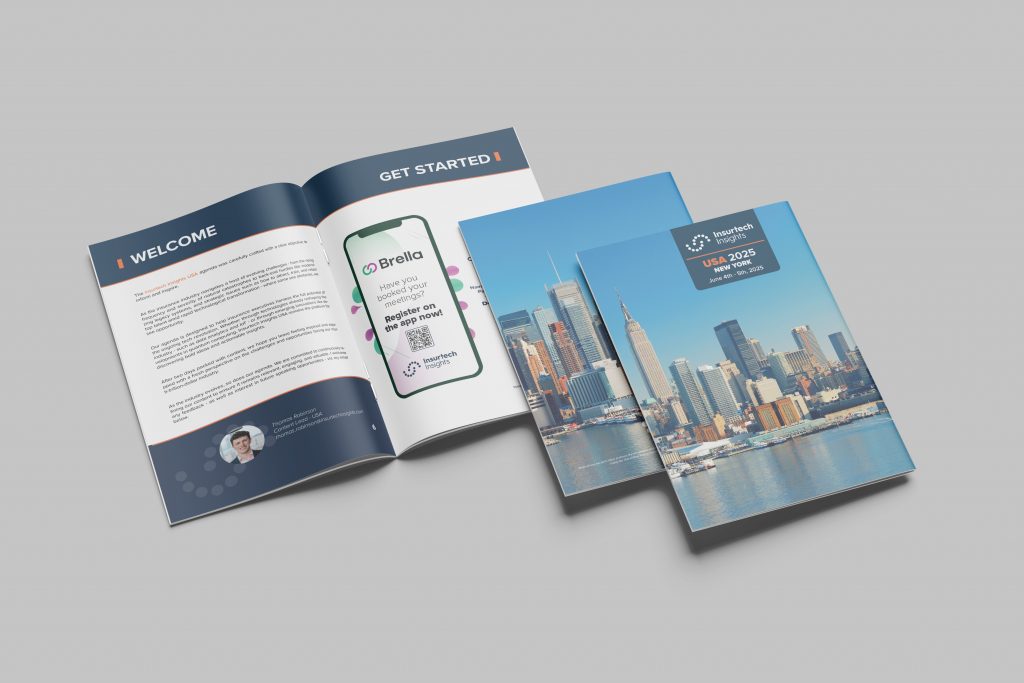
Connor Shields: So what major accomplishments has Insurtech Insights made in the last five years? Has the pandemic had an impact on it?
Marie Oyinlola: Yeah, so we started right before the pandemic. We had a very strong focus on webinars at the time as well as our digital presence. After the pandemic we started physical shows again. The first show I worked on personally was at the Javits Center. We are UK based company, and back in the day, I used to live in the US so I was working on that show. At the time when I joined, we only had our New York show and our London show, London being our biggest show to date. Then we expanded to Asia, this December is going to be our third Asia show post pandemic. I think another huge accomplishment we’ve seen is how we’ve grown in Europe and in America. We are now around 6,000 attendees at different shows, Asia, slightly less. We’re around 5,000, but we’ve seen a significant growth and we always do a survey to get feedback post show. The feedback has been increasingly good. There’s obviously always points we can do better on and we always try go through every survey. We’re now in three markets and hoping to go into more maybe, who knows?
Connor Shields: What is the most challenging part of your job?
Marie Oyinlola: I think balancing priorities. I think when you work on an operation, everything’s always urgent. We have three shows which are back to back every three months: December, March, and June.
So you finish a show and you’re right onto other one. We usually have a 100, 150 exhibitors per show. So you also need to make sure you can manage it over 30 suppliers. It is a lot to handle, so balancing priorities is the biggest challenge in operations, but also delivering to sponsors and ensuring a level of delivery while at the same time being able to do your day-to-day tasks. I think that’s something you get better at over time.
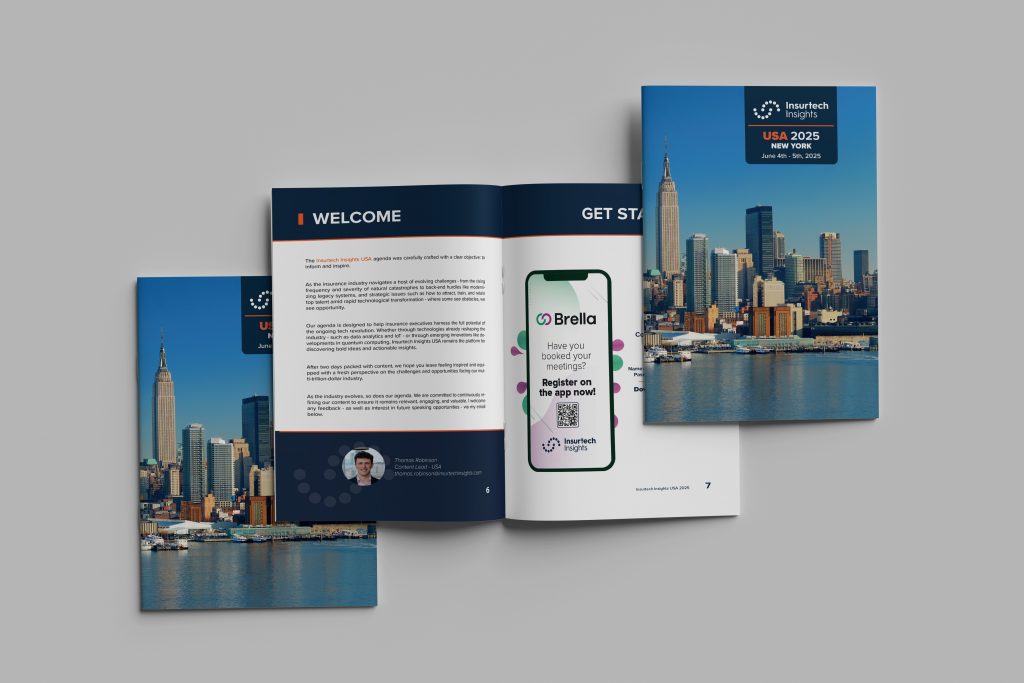
Connor Shields: So this is kind of a different question. If you had a day to spend completely free, however you like, how would you spend it?
Marie Oyinlola: Probably turn off my phone and turn off my computer and spend a day either at the beach or, or at a pool or something like that. Events is something I’m very passionate about, and I think that’s extremely important when you work in operations. But I think when you’re very passionate about events and you work in operations on top of that, the work-life balance is always a bit hard to keep because as much as you want to plan an event, something might happen. You have to be available 24/7 available. I can call one of my suppliers on a Sunday and he knows that if I call it’s because I need something, but that doesn’t mean he’s going to reply. I think when you’re constantly available your personal life and your professional life merge together. So it, yeah. If I had a day where I could be completely free and do what I want, I’d probably switch off my phone and not look at my emails all day.
Connor Shields: Just a few more questions. How has print impacted your business?
Marie Oyinlola: I think print is a very big part of our business. Print, in my opinion, is an essential touchpoint to branding and visibility. Especially when you have a venue. Two of our shows are in hotels and one is in a convention center. We find that our shows in hotels have a lot more areas where we can use print, specifically with branding. We usually do window printing, meter boards, wayfinders, signposts and stuff like that. I think that allows us to give that extra brand visibility to sponsors and remind them of those touch points by having a physical space potentially at events.
“I think print is a very big part of our business. Print, in my opinion, is an essential touchpoint to branding and visibility. Especially when you have a venue.”
Then there’s also types of print that we do with booklets, flyers, you know, signs and stuff like that, which are impactful. We have use booklets as a mini event guide with information on the show and speakers. It is very time consuming to create this, this kind of event guide because obviously you want to include the agenda, the speakers, the floor plan, and those are all things that are being changed up until the very last minute. So being able to have this material that we hand out requires us to find a supplier that can help.
At one point we thought about digitalizing it and place it on an app. Like everyone does have a networking. We tested it a few years ago, and realized we needed physical copies. It creates that memory. I’m not saying everyone’s going to sit at night and read through their booklet of Insurtech Insights, but it’s nice to have when you go home or are at the show and you have this booklet. You can make notes and write things down, its like reading an actual book. I think print is essential to any shows. I don’t think that’s going anywhere.
Connor Shields: Just having a physical copy. You can like actually write on and have something separate from your phone.
Marie Oyinlola: Yeah, exactly. I think it’s a nice break. That’s what we do with our booklet, we use pages where you can actually write to a notes page. It’s a good way to break from just being on your phone. I feel the same way when looking at a floor plan – yes, it’s great to have it on a networking app, but being able to have a print version of it, whether on a big backdrop or whether in your hand, in a small, a five page book, is very appreciated. And I know the feedback we have from it is always extremely positive.
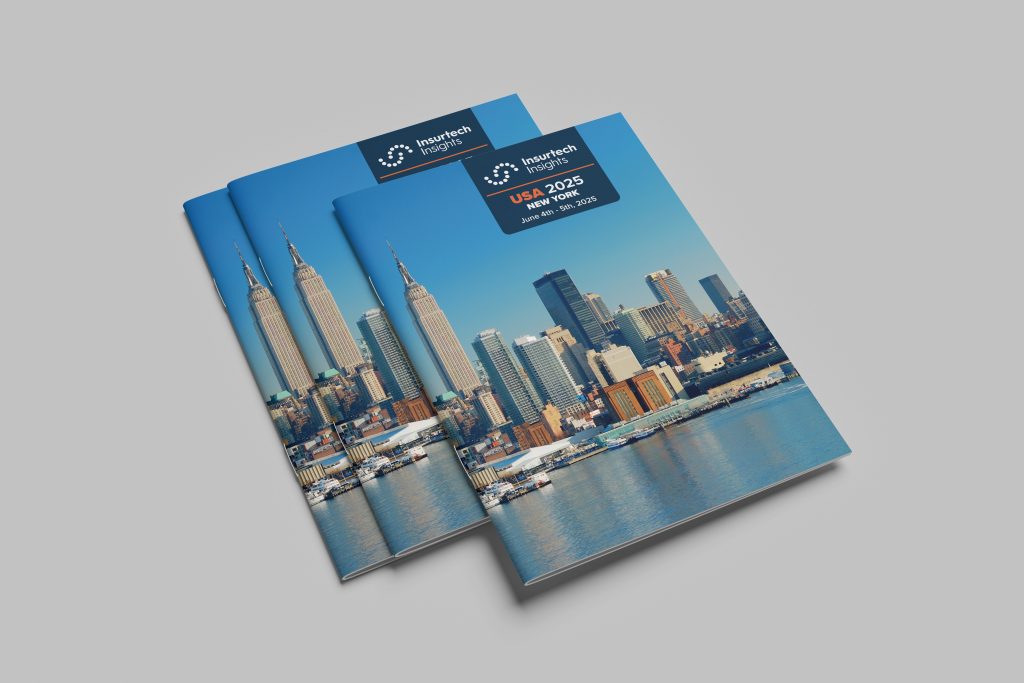
Connor Shields: One last question for you. How can our listeners get in touch with you to learn more or collaborate with you on a project?
Marie Oyinlola: I’m on LinkedIn, Marie Oyinlola. More than happy to connect. We also have Insurtech Insights website or via email. LinkedIn is usually the best, the best option.
Connor Shields: Well, I’d say that’s a wrap on another episode of Behind the Print. Thank you for joining us, Marie, and thank you to our listeners for joining us as we explore the artistry and innovation of the printing world. Remember, having a strong vision, building the right strategy, and using tools like Print to amplify your message will make your brand stand out from the crowd. If you enjoyed today’s episode, be sure to get in touch with us for a sample pack today from printing center usa.com and share with your fellow business enthusiasts. Until next time, keep those creative sparks flying and remember there’s always more to discover behind the print. Thanks again for joining us.


